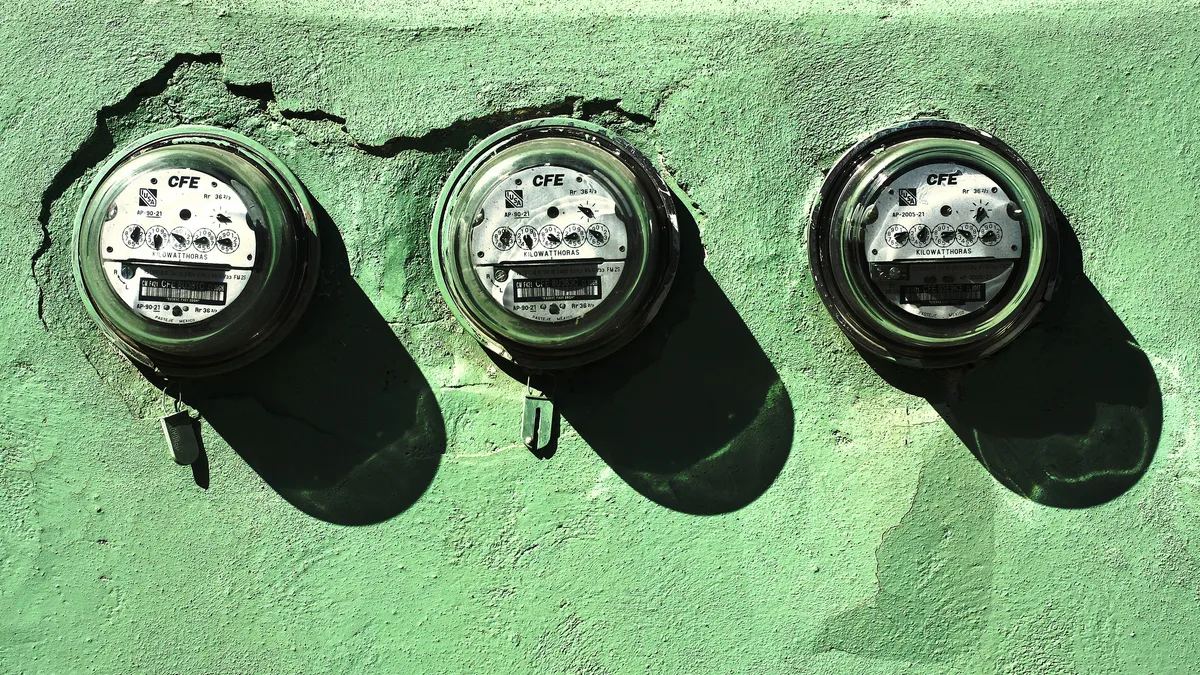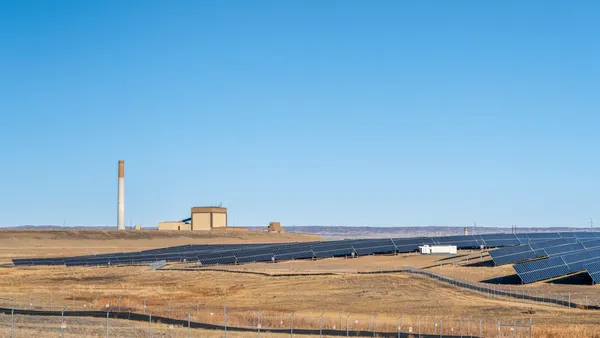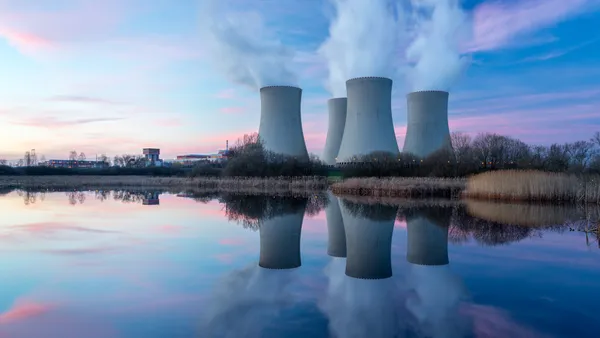Dive Brief:
-
During the first six months of 2016, U.S. residential customers paid on average $0.124/kWh, or 0.7% lower than the same period last year, according to the Energy Information Administration (EIA).
-
Over the past five years, nominal residential prices have increased an average of 1.9% annually, about the same rate as overall inflation. The EIA noted that if the trend continues for the rest of the year, annual average residential electricity prices would decline for the first time since 2002.
-
Prices fell most in Hawaii and New England, where low-priced petroleum and natural gas reduced the cost of generation. But EIA warned that if gas prices follow its projections, average electricity prices are likely to rise again next year.
Dive Insight:
After years of slow, steady growth, residential electric prices are poised to decline for the first time in nearly a decade and a half.
The Energy Information Administration, unit of the Department of Energy, reports that, in most regions of the country, residential electric customers are experiencing lower power prices this year.
The agency ascribes the decline to falling fuel costs, particularly falling natural gas prices. In many markets, natural gas sets the marginal cost of power.
Natural gas prices have dropped to about $3 per million British thermal units (BTU) from $13 per million BTU in 2008.
The EIA noted that in the first six months of 2016, the weighted average cost of natural gas delivered to electricity generators was $2.58 per million BTU, 28% lower than in the first half of 2015.
As the delivery of gas into New England has improved as a result of new pipelines, the effect has been a 6% drop in residential electricity prices in the first half of 2016. Electricity prices in the region now average 19.2 cents/kWh.
Because of its isolated location, Hawaii does not use much natural gas to generate power, but the island state has benefitted from falling oil prices. Average power prices in Hawaii were 24 cents/kWh so far this year, a 12% decline.
The EIA noted, however, that natural gas prices have been rising in recent months, and the agency now projects the average delivered cost of natural gas in the last six months of 2016 will be 27% higher than the average cost in the first six months of 2016. And, if gas prices continue to rise, as expected, in 2017 the EIA expects average U.S. residential electricity prices to increase 3% in 2017.














